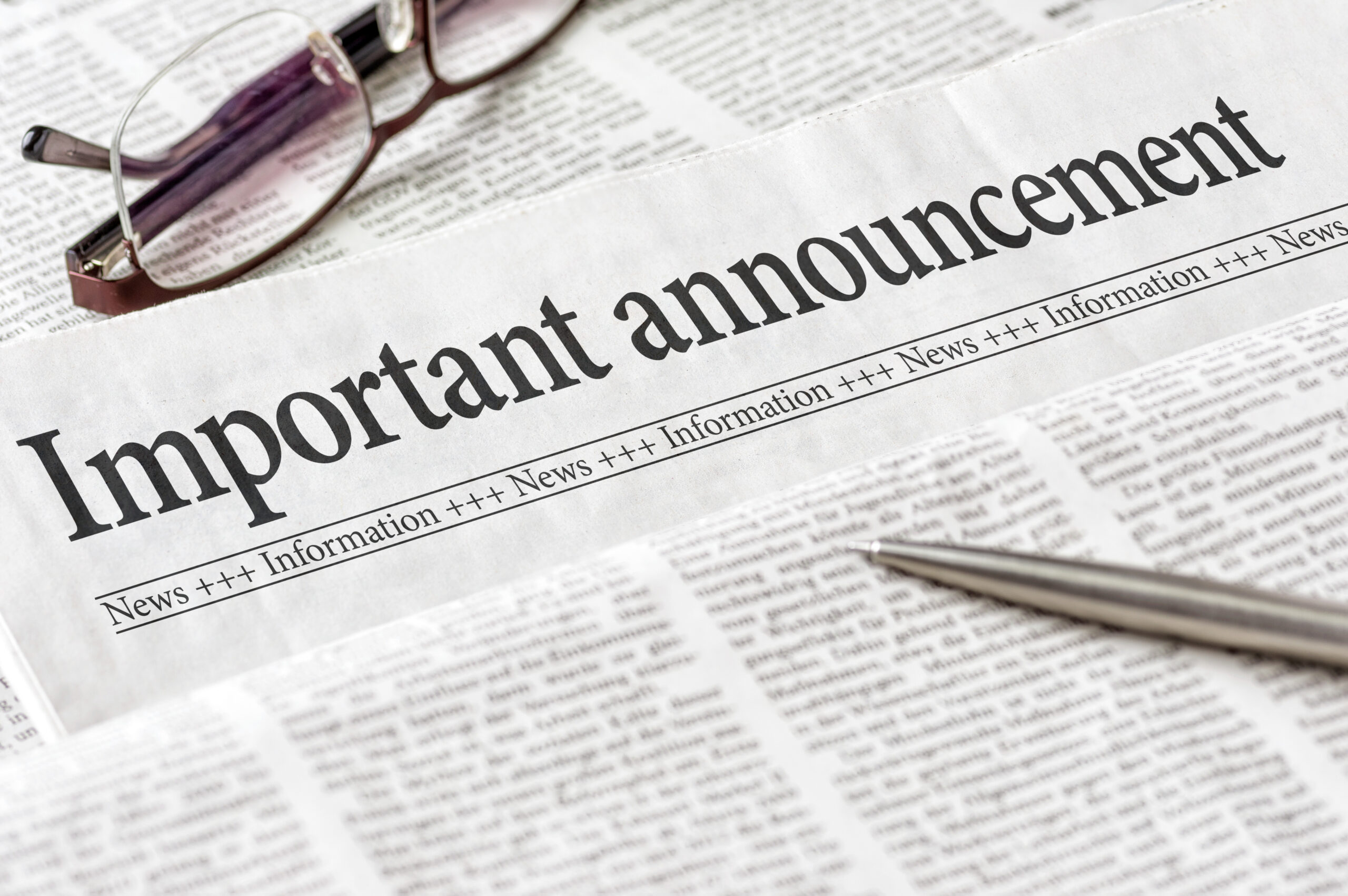The importance of a press release headline cannot be overstated; it will determine whether or not a reader decides to read your content. Although press release headlines should be short and simple, that doesn’t mean they’re always easy to craft.
There are guidelines, tricks, and techniques that can be used to create effective and attention-grabbing press release headlines. If you’re looking for a way to distill the most interesting aspects of your development into a compelling headline, the following information may be helpful.
Press Release Headline Basics
At its most basic, a press release headline is a simplified announcement that communicates the key takeaway from the press release. In general, press release headlines are structured in much the same manner and tone as headlines for news articles.
While a press release is often used as a marketing tool, its goal isn’t far-removed from conventional news stories, which is to inform a reader that something meaningful happened or will soon happen.
The goal of the headline for both press releases and news stories is to hook the reader by leading with the most impactful or consequential part of the story, as catered to the point-of-view of the targeted audience.
What Should A Press Release Headline Say?
When you’re ready to write a headline for your press release but you aren’t sure what it should say, you may find it helpful to answer these questions:
1. What happened or is going to happen?
2. Why does it matter?
The second question is by far the most important and will be of greatest interest to the reader. You must give your audience a reason to care about your news if you want them to read your release. They will be more likely to care if you lead with the most meaningful and impactful takeaway.
If you’ve already written your press release and you’re trying to identify the hook, take some time to review the text. Consider the most memorable or notable fact of your news from the viewpoint of your ideal reader.
When you identify this key takeaway, use this as the foundation for your headline. Once you have the information isolated, you only need to apply a few best practices to make an attention-grabbing headline.
Tips For Writing An Effective Press Release Headline
Press release headlines should be short, ideally between eight and 10 words. Headlines that exceed this word count are less likely to grab and maintain the attention of a reader who may be scrolling through a series of headings on a news site or in search results.
Whenever possible cut words that aren’t essential to communicating the headline, such as articles (a, an, the), short prepositions (at, from, in), and coordinating conjunctions (for, and, but).
Headlines should always be in title case or the first letter of every word should be capitalized. Headlines should also exclude punctuation, except when needed for proper nouns, contractions, possessives, abbreviations, or as text separators and replacements, such as colons, semicolons, and hyphens.
Because press release headlines should be as concise as possible, they should exclude any non-essential details, such as unnecessary adjectives, words, or phrases that aren’t relevant to the topic.
Press release headlines should always include verbs in an active voice. An active voice headline will lead with the subject and state what it did or what it’s doing; in other words, how it took or is taking action.
Headlines that contain easy-to-digest and quote facts and figures, such as statistics and percentages, are effective at capturing the reader’s attention. Anything that makes the reader want to learn the reasons behind the quotable fact will be a catchy headline.
Press release headlines are focused on the audience. This means they’re going to lead with the information that’s most interesting to the reader. Consider whether your targeted audience is more likely to care about what your company did or the result of that action. In most cases, they’re going to find the impact of your news more compelling than the news itself. If you need some additional help, here are 24 press release templates that may help you.
Avoid using terms that aren’t immediately meaningful to the reader, such as your company or brand name. Instead, use phrases that create context. This means that if you must refer to your company, use its business type instead of its name. If you’re discussing a product launch or upgrade, use a general descriptor of the product instead of a specific branded or trademarked name.
Don’t try to generate excitement using hyped and or subjective terms. This can easily backfire. Readers will see through these promotion-heavy tactics and tune them out, which can make a press release as invisible as any other advertisement. If you choose the right facts to present in your headline, you will give your readers a reason to be interested, and without the aid of any exaggeration.












